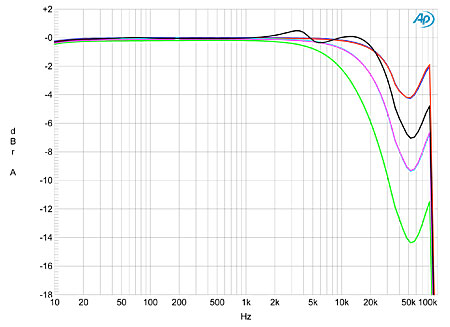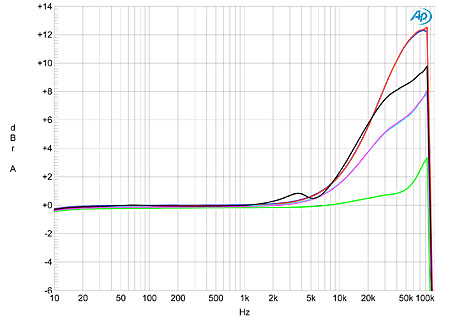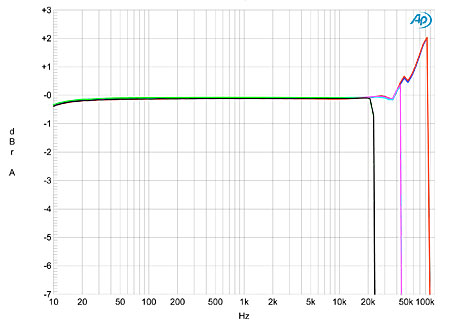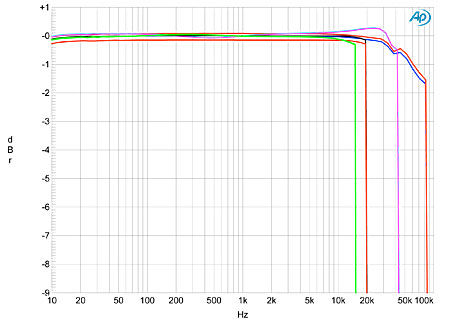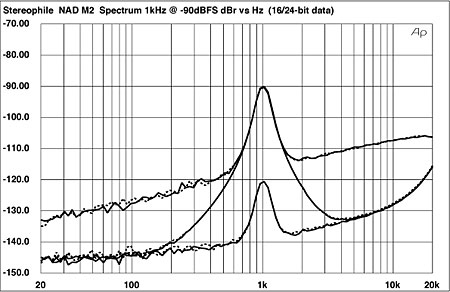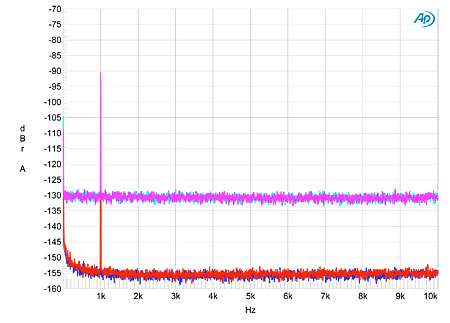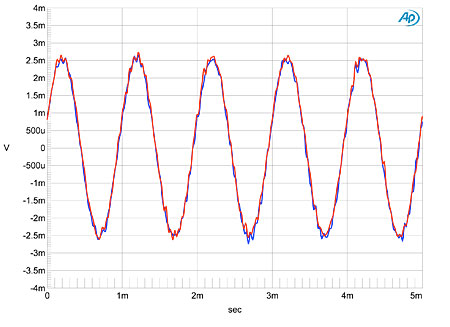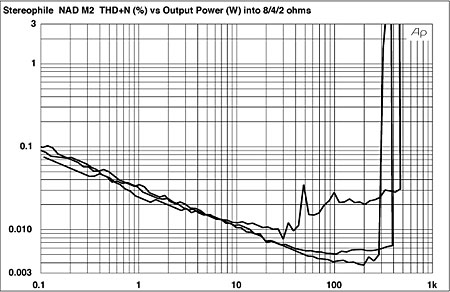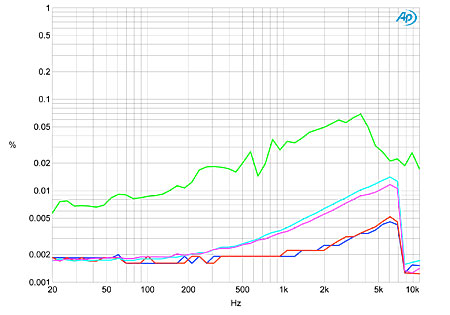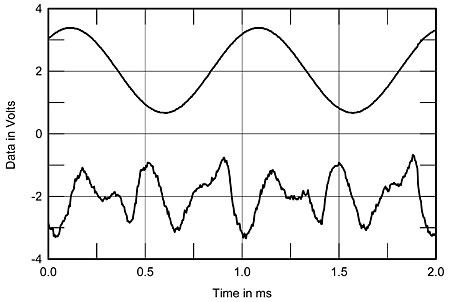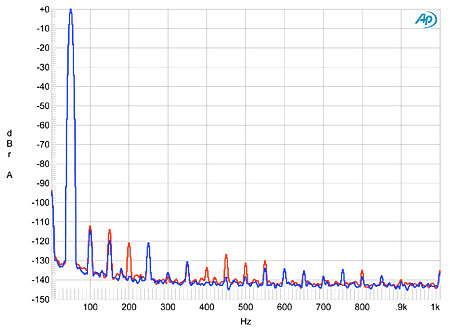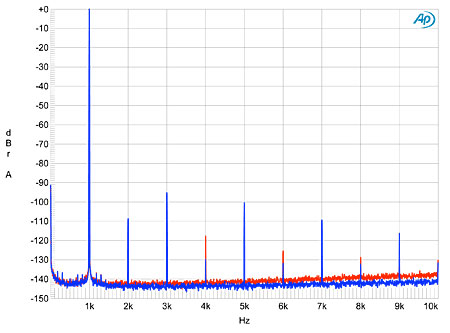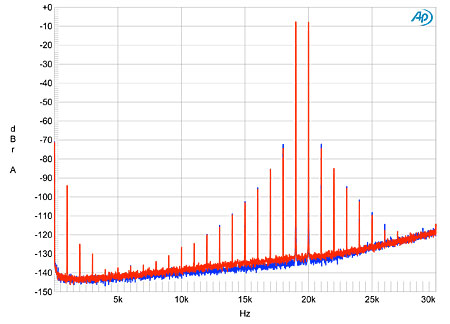| Columns Retired Columns & Blogs |
I've craved this amplifier ever since I first read JA's review. It was Class A recommended for a few years, but then just disappeared (there's usually a reason given, but on this occasion I couldn't find one). Maybe they just stopped manufacturing it. Anyway, there's one for £1750 on eBay over here at the moment and I'm sorely tempted...
It would also be interesting to know if the QA issues mentioned in the review were a one-off or whether M2's were plagued by these issues.
Mike
